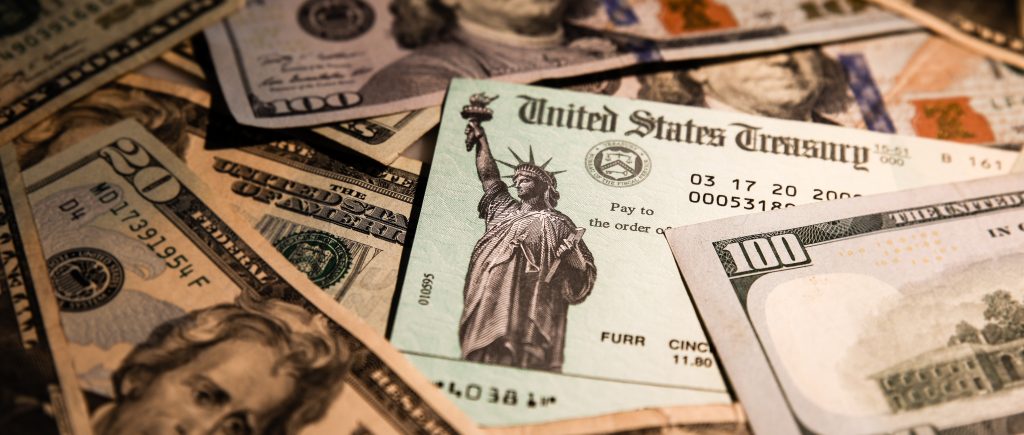The yield on the benchmark 10-year note slid by 0.05 percentage points to 2.91 per cent. The two-year yield has been higher than the 10-year yield since last week. This occurrence is widely known in the market as “an inverted yield curve” and constitutes a closely watched signal of recession risk.
Treasury markets on Wednesday hit its most extreme level in over two decades, as hotter than expected inflation data fueled investor bets that the Federal Reserve will aggressively raise interest rates. The yield on the two-year Treasury note, which is particularly sensitive to short-term rate expectations, rose 0.09 percentage points to 3.13 per cent after data showed the annual rate of US consumer price inflation hit 9.1 per cent last month. Yields rise when prices fall.
Wednesday’s move brought the spread between the two to its most inverted level since 2000. The unexpectedly high US inflation figure, economists had forecast a rate of 8.8 per cent, increased pressure on the Fed to raise interest rates by at least 0.75 percentage points at its next policy meeting later in July while the possibility of a larger hike is still an option.
The acceleration of the monetary cycle is still an ongoing process, so, observers tend to believe that markets will have to wait until 2023 to see the Fed consider a pause of rate hikes.
The US central bank’s main policy rate sits in a target range of 1.5-1.75 per cent. Following the inflation reading, futures markets showed investors expect the rate to rise rapidly to 3.65 per cent by the end of this year before reversing next year as the Fed cuts rates to combat any economic slowdown.
Wall Street’s retreating could be seen as a reaction Wednesday’s core inflation data and in currency markets, the euro dropped briefly below parity with the dollar for the first time in two decades following the hot inflation report. The dollar index inched back 0.1 per cent.
While many analysts are predicting a US recession in response to financial conditions tightening, fears of an economic slowdown are more intense in Europe, where governments are facing up to the prospect of Russia cutting gas supplies.
The Stoxx Europe 600 share index, which has fallen 15 per cent this year in a broad global stock downturn driven by big central banks raising interest rates, closed 1 per cent lower. London’s FTSE 100 fell 0.7 per cent.

 Noor Trends News, Technical Analysis, Educational Tools and Recommendations
Noor Trends News, Technical Analysis, Educational Tools and Recommendations




